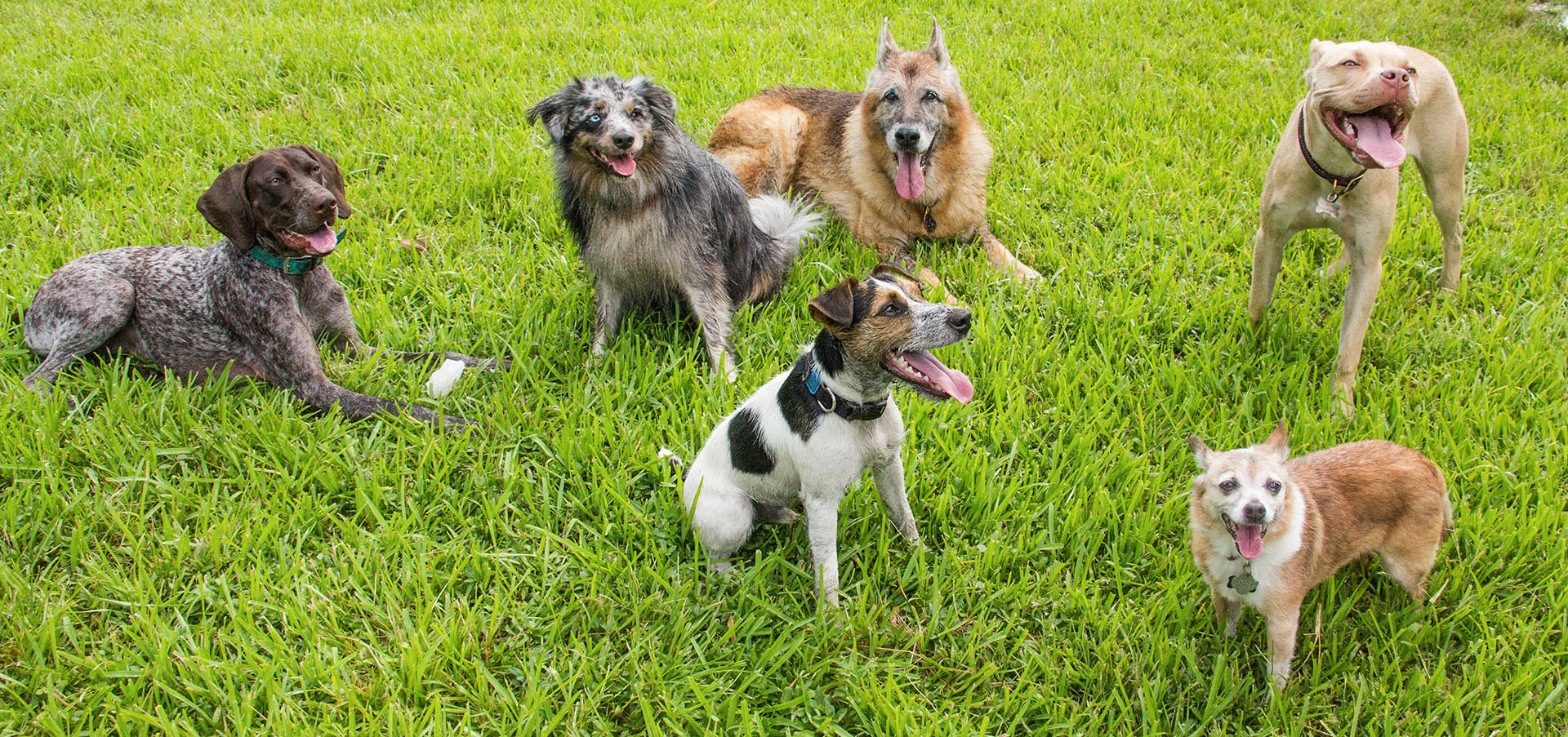In dogs, as in humans, a harsh past might bare its teeth
In dogs, as in humans, a harsh past might bare its teeth

Early adversity leads to higher aggression, fearfulness in adult canines, study says
Mistreating a dog may come back to bite you.
Scientists have long known that childhood abuse, neglect, and trauma can have lifelong consequences in humans. Now, a study by Harvard scientists links early adversity to similar effects in our oldest domesticated species.
In a study of nearly 4,500 dogs published in Scientific Reports, researchers found that adverse experiences in the first six months of puppyhood were strongly associated with elevated aggression and fearfulness in adult dogs.
“In the general population of dogs, you see a significant impact of life experience on behavior,” said Julia Espinosa, lead author of the new study and a research associate in the Department of Human Evolutionary Biology (HEB). “What we found that was really surprising is that this impact varies by the breed of the dog, so that suggests there’s an important heritable component to behavior and individual susceptibility to stress.”

Numerous studies have established that early adversity has lifelong effects on humans as well as other animals, including mice. But no comprehensive studies had been performed on dogs until now. The research was conducted in the lab of Erin Hecht, an assistant professor in Human Evolutionary Biology and a prominent researcher of canine biology, evolution, and domestication.
Espinosa collected data on 4,497 dogs by having their owners fill out a survey that covered whether the animals had been subjected to harsh punishments such as beatings, having their mouths held shut, or being pinned down by humans seeking to assert dominance (the so-called “alpha roll”). The survey also asked whether the dogs had gone through traumatic events such as living on the streets, being attacked by other dogs, or getting hit by cars.
“We know that the nervous system is especially plastic early in life,” said Hecht. “In this study, we found that in dogs, traumatic experiences during the first six months had the biggest impact on their fear and aggression behavior later in life.
“This lines up with what we’ve seen in humans and in other animals — there’s this critical period of development when the nervous system is more sensitive and impacts during that time can have bigger effects.”
As dog owners can attest, different breeds exhibit stark differences in behavior and temperament. Researchers uncovered wide variability in baseline levels of fear and aggression among different breeds. For example, breeds that specialized in guarding livestock or bringing down big game were more prone to aggression.
The impacts were most dramatic in breeds such as American Eskimo Dogs, American Leopard Hounds, and Siberian Huskies. Labradors showed relatively little effects.
Within each breed, researchers reported that puppyhood trauma had measurable effects: Animals with histories of adversity displayed greater fear and aggression than other members of the same breeds. These experiences were at least as influential as other factors such as sex and whether the animal had been neutered.
The impacts were most dramatic in breeds such as American Eskimo Dogs, American Leopard Hounds, and Siberian Huskies. On other hand, Labradors showed relatively little effects.
More than half the dogs in the survey came from single breeds. About 48 percent were mutts from mixed or unknown ancestry.
About one-third of the animals were reported to have suffered some form of adversity. But Hecht cautioned that those numbers were probably unusually high in this study population.
“We specifically recruited dogs that had trauma histories,” she said. “So I don’t think this necessarily means that a third of the dogs out there in the world have been neglected or abused.”
The researchers heard heartbreaking stories. One Golden Retriever puppy was fed only a few tablespoons of food every day and by the time he was rescued at age 6 months he weighed only 20 pounds. Although his body recovered, he remained unusually fearful.
The lesson: Our best friends carry early trauma for the rest of their lives.
“Maybe this makes them a little bit more like us than we realized,” said Hecht.
Latest Harvard
- Time for mandatory retirement ages for lawmakers, judges, presidents?Americans seem to mostly say yes; legal, medical scholars point to complexities of setting limits
- Brief bursts of wisdomAphorism lover and historian James Geary reflects on how ancient literary art form fits into age of social media
- Flew home as Will Flintoft, returned as Rhodes ScholarApplied math concentrator to study computer science, theology with eye toward AI
- What will AI mean for humanity?Scholars from range of disciplines see red flags, possibilities ahead
- Tai Tsun Wu, 90Memorial Minute — Faculty of Arts and Sciences
- Richard Goody, 102Memorial Minute — Faculty of Arts and Sciences






